As Eye patch are special plasters that are used to treat eye injuries. In most cases, however, they are used as part of occlusion therapy.
What is an eye patch?

Eye patches can be used to treat injuries or diseases to the human eye. They are mostly light-impermeable plasters that are used as part of a special occlusion therapy.
An occlusion treatment is understood to mean the targeted closing of an eye. The term occlusion comes from the Latin term occludere and means “closure”.
Shapes, types & types
A distinction is made between different types of eye patches. These include occlusion patches, watch glass bandages, and sterile eye patches. Occlusal plasters have the property that no light can pass through, which is definitely the case with watch glass dressings.
An occlusive patch is used as part of an amblyopia treatment. In amblyopia, there is a decrease in vision in one eye compared to the other eye. Younger children are particularly affected. By covering the stronger eye with an occlusion plaster it is possible to force the weaker eye to see. With an eye patch that does not allow any light to pass through, the visually impaired eye is completely excluded from seeing, which means that the visually impaired eye has to take on the task and train.
There are also translucent versions that can be glued over glasses. This is an adhesive film, also known as a banger film, which is used for minor amblyopias with central fixation. The occlusion foils are also suitable for post-treatment.
The so-called watch glass bandage also belongs to the eye patches. This is understood to be a transparent plexiglass cap that is surrounded by an adhesive plaster. This special bandage is usually applied to eye problems such as incomplete or insufficient eyelid closure (lagophthalmos). Further indications are keratitis or eye surgery. The special plaster protects the eye from mechanical irritation or from drying out. The name watch glass association is due to the slight curvature of the plaster. Its effect corresponds to that of a damp chamber.
The eye can be observed from the outside without having to remove the bandage. The patient can again see through the plexiglass cap to a limited extent. Sometimes the special eye patch also serves to protect the healthy eye so that it does not become infected with the infected eye.
Another variant are sterile eye patches. These are used after injuries or infections in one eye or after eye surgery. They have the property of protecting the eye and stimulating wound healing.
Structure & functionality
Eye patches, which are used for occlusion, are usually composed of a viscose fabric backing that is transversely elastic, a mass of rubber that is filled with zinc oxide and serves as a pressure-sensitive adhesive, and an opaque light protection fleece in three layers.
As a rule, the occlusion plaster has good water and air permeability. However, the light density can only be achieved if the plaster is carefully applied over the patient's eye. Some eye patches use a fleece or fabric that has the punched-out shape of an occlusal patch. They have an absorbent pad in their center. This has an insert that lets more or less light through.
The carrier material of eye patches, which are used to treat injuries to the eyes, consists of non-woven fabric, cotton with viscose, plastic film or rayon. The fabric is either mostly water and air impermeable or water and air permeable. As with conventional patches, the surface of the patch is considered to be water-repellent, but not waterproof.
With these plasters, too, the adhesive force is brought about by a zinc oxide rubber compound. The adhesive power is strong, but this has the disadvantage that when the plaster is removed, residues often remain on the skin, which in turn can cause allergic reactions. In order to maintain the adhesive strength of the eye patches, they should be stored in the dark and dry.
You can find your medication here
➔ Medicines for visual disturbances and eye complaintsMedical & health benefits
Eye patches are very important for the treatment of injured or diseased eyes. Sterile plasters have a protective effect on the eye and ensure optimal wound healing in the event of injuries.
Occlusion plasters are of particular importance for the treatment of weak vision. For this reason, ophthalmologists often prescribe eye patches to treat amblyopia. In amblyopia, there is insufficient processing of the neuronal-cognitive vision in the brain, so that the affected eye, so to speak, forgets how to see. With the help of the occlusion plaster that is attached to the healthy eye, pressure is created for the weaker eye to see better. Ultimately, by working alone, the eye gains better vision.
However, wearing an eye patch is not always easy for the affected children. This initially restricts their everyday vision. In addition, occlusion therapy requires a great deal of patience. In the end, however, the eyesight of the affected eye improves significantly.
To ensure that the eye patch cannot peel off, it is important to regularly check its adhesive properties.Good skin tolerance of the occlusion plaster is also important. Otherwise there is a risk of skin irritation with prolonged use. You can wear glasses during the treatment without any problems.
Eye patches are also used as part of orthoptic differential diagnostics. For this purpose, one eye is closed with an eye patch for several days so that the squint angle can be determined after it has been removed. In this way, prism lenses can be easily adjusted.
Another area of application for eye patches is the therapy of constantly occurring double vision (diplopia).
Good & inexpensive eye patches at Amazon.de






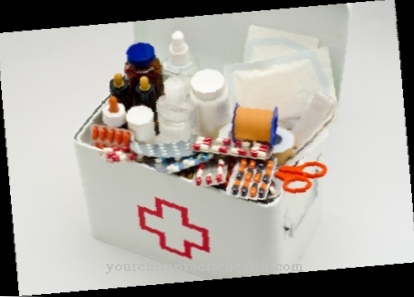

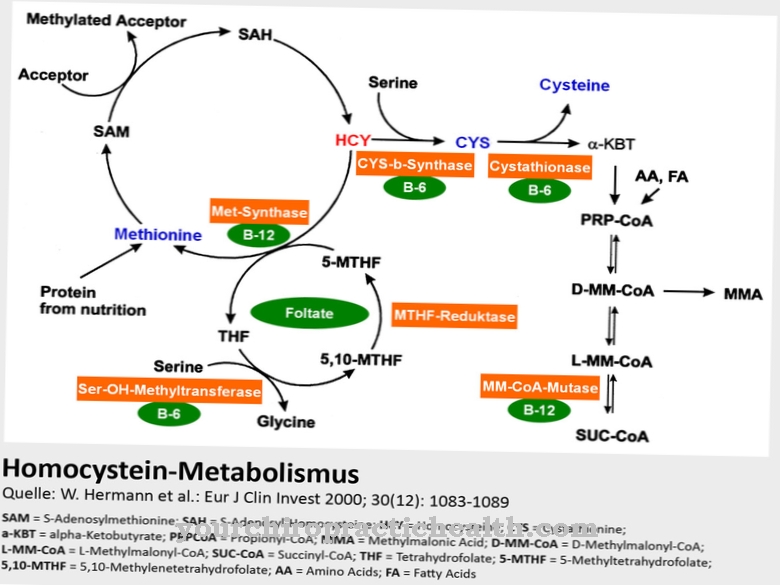



.jpg)

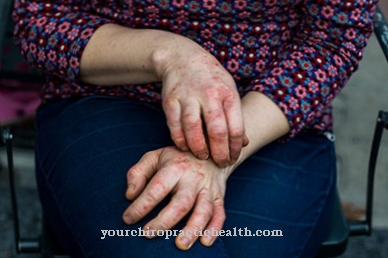




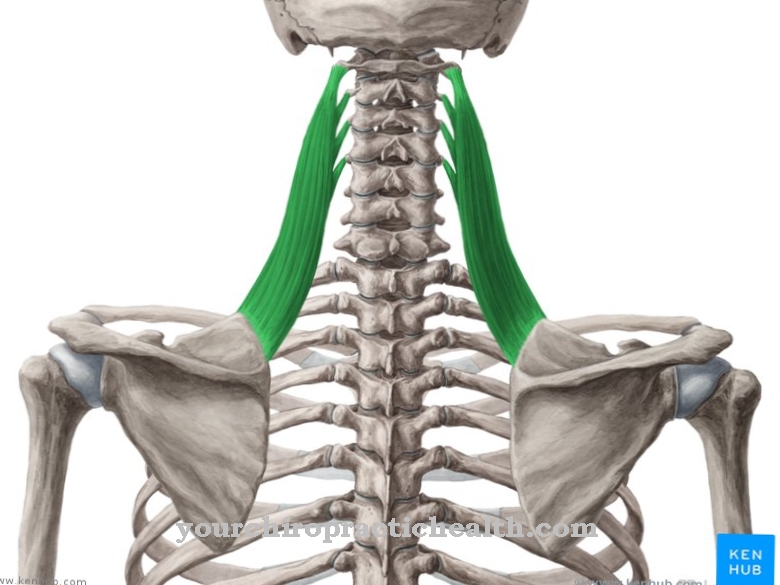


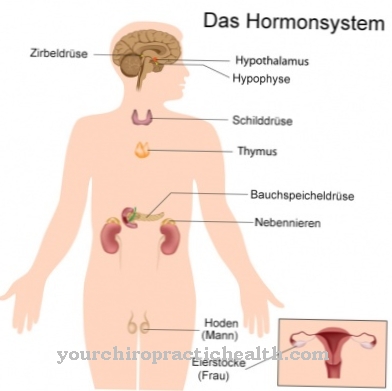


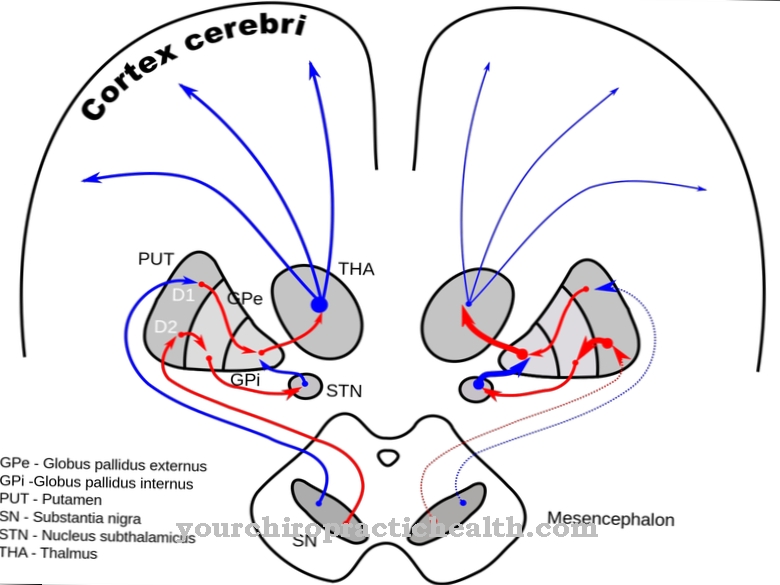


.jpg)